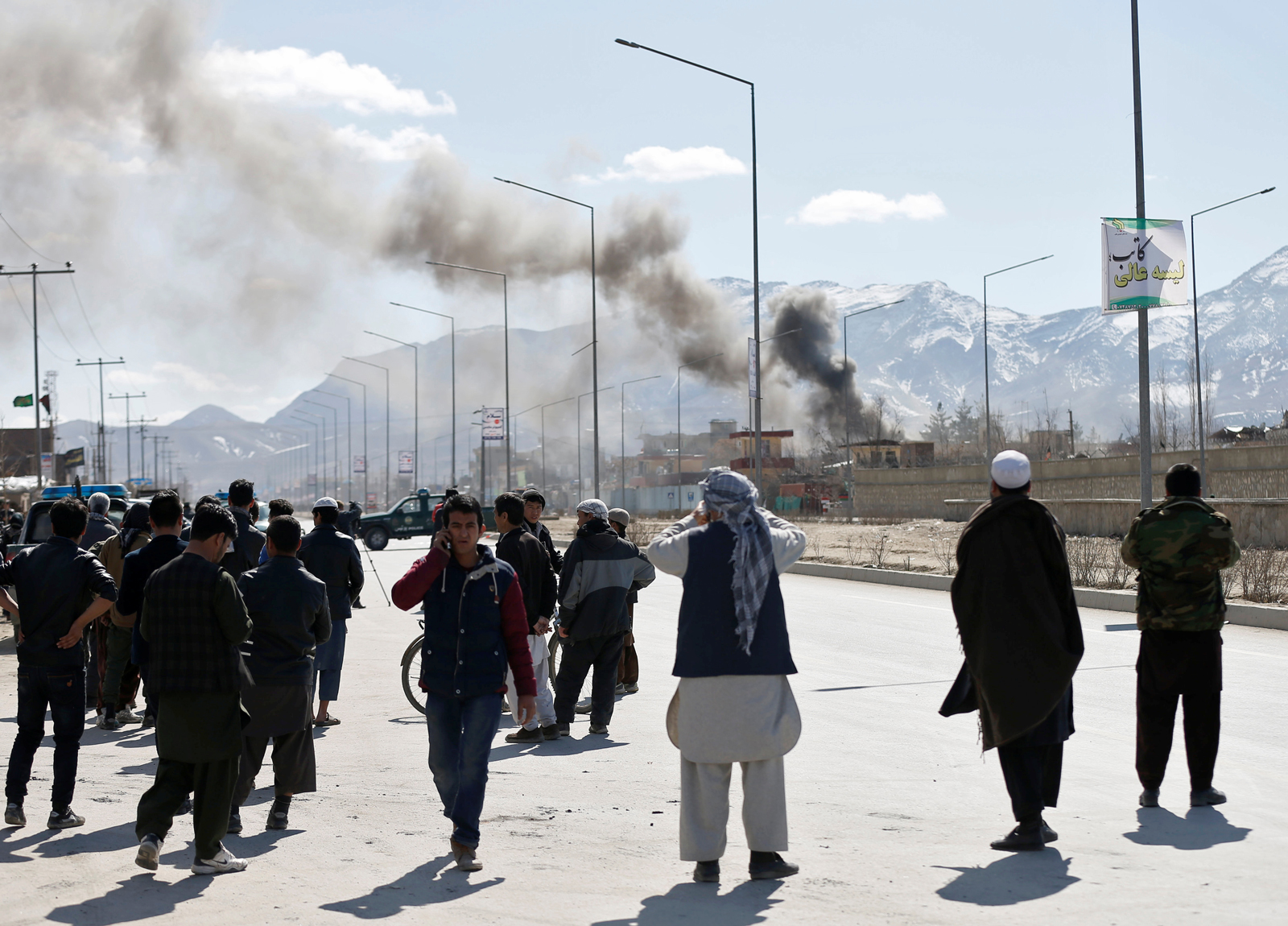At the blog of the New York Review of Books, Ahmed Rashid assesses the political situation in Afghanistan, a week after the US dropped the “Mother of All Bombs” on an ISIS base in the country, and sixteen years after the US initially invaded in the wake of the 9/11 attacks. Rashid writes that the US has little to show for all the time and money it has spent in Afghanistan, with the government still weak and dependent on foreign aid, and the resurgent Taliban in control of one third of the country. As the recent bombing demonstrates, the Trump administration will do little to change the US’s history of indifference to the real needs of Afghanistan’s people. Here’s an excerpt from Rashid’s piece:
With no apparent strategy behind it, the bombing appears merely to intensify the dramatic militarization of US foreign policy we have already seen in Syria, Iraq, Yemen, and Somalia. Trump has now clearly expressed his preference for force (as I discussed last month). “We have the greatest military in the world,” Trump said after the bombing. “We have given them total authorization and that’s what they’re doing, and frankly, that’s why they have been so successful recently.”
The effects are clear in Yemen and Somalia, where the US military now has free-fire zones in which it can attack any target even at the cost of civilian casualties. The increase in US bombing in Iraq and Syria has resulted in many more civilian casualties in both countries. Airwars, a group that tracks bombings, says that civilian casualties have doubled from February to March. Such an open-ended bombing campaign has killed and wounded not just civilians but also friendly forces. In mid-April, a US drone strike in northern Syria killed eighteen members of the Syrian Democratic Forces, a rebel group allied with the West.
In Afghanistan, American and NATO forces have had limited success in training and supporting a demoralized Afghan army, which will face new Taliban offensives. Although there are 170,000 regular Afghan soldiers, 70 percent of the army’s offensive operations have been undertaken by a much smaller contingent of 17,000 US-trained elite forces, because the rest are not considered competent enough; nevertheless the non-elite forces have suffered very high casualties. The current debate in Washington about sending troops—how many, what kind, with what mandate—is over exactly the same issues that preoccupied the last years of the Obama administration.
Afghanistan desperately needs an overarching political strategy, which should include dialogue and diplomacy to deal with the problems that Ghani faces, as well as a regional strategy to counter external support for the Taliban. So far Trump’s team—even though it includes several former “Afghan hands,” such as the highly respected National Security Adviser Lt. General H.R. McMaster—has only come up with excessive use of force. The capacity of the military to create lasting change remains limited. How many more lives will have to be lost before the Trump team figures that out?
Image: Smoke from a battle between Taliban and Afghan forces, Kabul, Afghanistan, March 1, 2017. Via NYR Daily.

